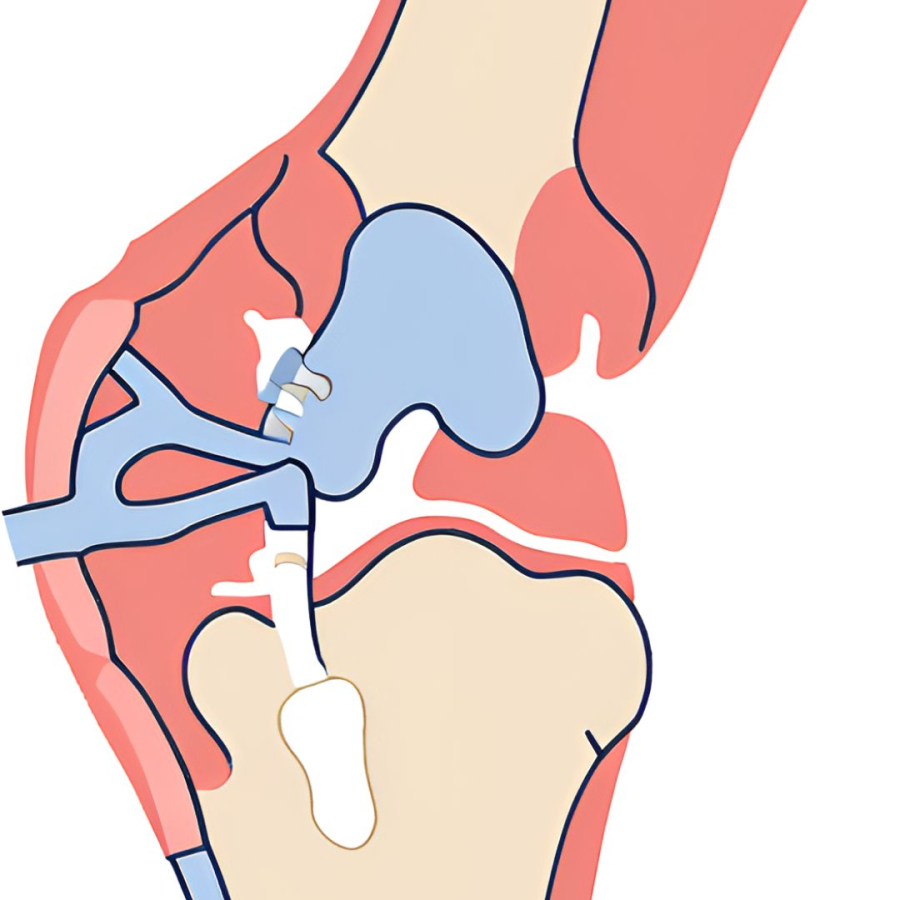- Argentina
- Australia
- Austria
- Bahrain
- Belgium
- Bhutan
- Brazil
- Brunei
- Cambodia
- Canada
- Chile
- China
- Colombia
- Cyprus
- Denmark
- Fiji
- Finland
- France
- Germany
- Greece
- Hong Kong SAR China
- Hungary
- India
- Indonesia
- Iran
- Iraq
- Israel
- Italy
- Japan
- Jordan
- Kenya
- Kuwait
- Luxembourg
- Macau SAR China
- Malaysia
- Maldives
- Mauritius
- Myanmar [Burma]
- Nepal
- Netherlands
- New Zealand
- Norway
- Oman
- Philippines
- Poland
- Portugal
- Qatar
- Russia
- Saudi Arabia
- Singapore
- South Africa
- South Korea
- Spain
- Sri Lanka
- Swaziland
- Sweden
- Switzerland
- Taiwan
- Thailand
- Turkey
- Ukraine
- United Arab Emirates
- United Kingdom
- United States
- Vietnam
- Yemen
- Zimbabwe
Distal osteotomy

Distal osteotomy
A distal osteotomy is a surgical procedure involving the cutting and realignment of bone at a site located farther from the center of the body, often performed to correct deformities, relieve pain, or improve function in the affected area. This type of osteotomy is commonly used in orthopedic surgeries, particularly on the bones of the feet, legs, and hands.
Common Types and Indications:
Foot Surgery (e.g., Bunionectomy):
- Chevron Osteotomy: A V-shaped cut in the distal part of the first metatarsal bone to correct hallux valgus (bunions).
- Scarf Osteotomy: A Z-shaped cut in the metatarsal bone, also for bunion correction.
Knee Surgery:
- Distal Femoral Osteotomy: Performed to realign the femur in cases of knee arthritis or malalignment, often to shift weight-bearing forces to healthier parts of the knee.
Hand Surgery:
- Distal Radius Osteotomy: Used to correct deformities or fractures in the distal radius (wrist area).
Procedure Overview:
Preoperative Planning:
- Detailed imaging studies (X-rays, CT scans) to assess the extent of deformity and plan the precise location and angle of the bone cut.
- Discussion of the procedure, risks, and expected outcomes with the patient.
Surgical Steps:
- Anesthesia: Regional or general anesthesia to ensure patient comfort.
- Incision: A surgical incision is made at the site of the deformity.
- Osteotomy: The bone is cut at the predetermined location using surgical instruments.
- Realignment and Fixation: The bone segments are realigned into the desired position and fixed in place using screws, plates, or other hardware.
- Closure: The incision is closed with sutures or staples.
Postoperative Care:
- Immobilization with a cast or splint to allow for healing.
- Physical therapy to restore function and strength.
- Regular follow-up visits to monitor healing and address any complications.
Goals and Benefits:
- Pain Relief: Alleviating pain caused by deformities or arthritis.
- Improved Function: Enhancing mobility and function in the affected area.
- Correcting Deformities: Achieving proper alignment of bones to improve overall biomechanics and appearance.
Distal osteotomies are effective interventions for addressing various orthopedic issues, with outcomes depending on the specific condition being treated and the precision of the surgical technique.

 by Admin
by Admin


